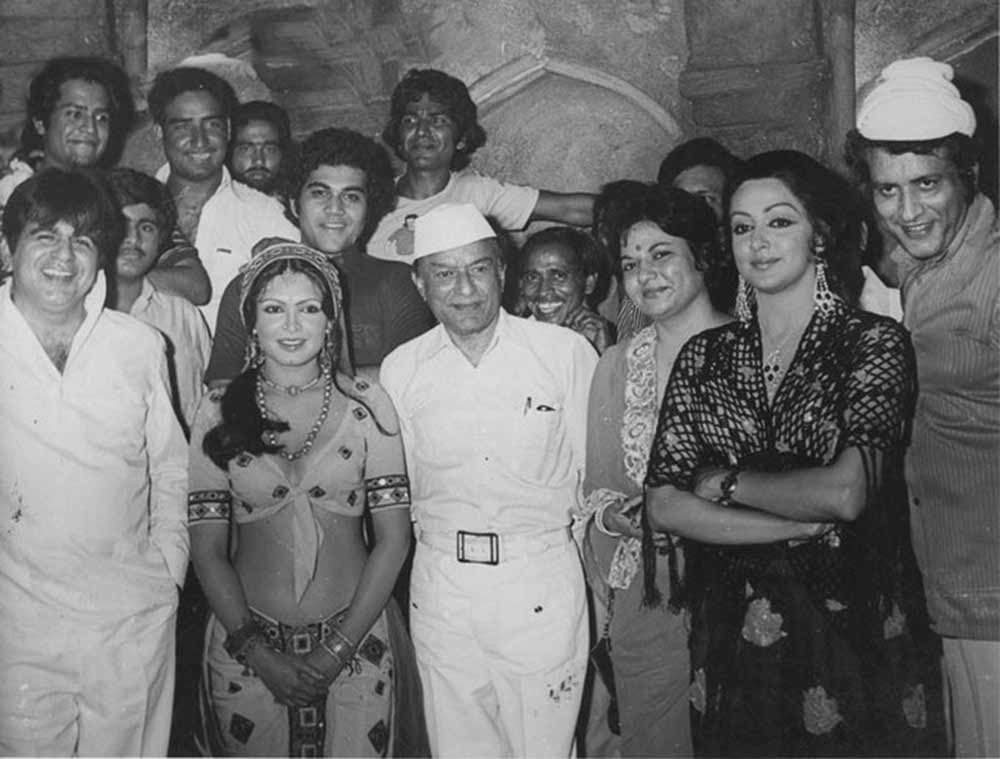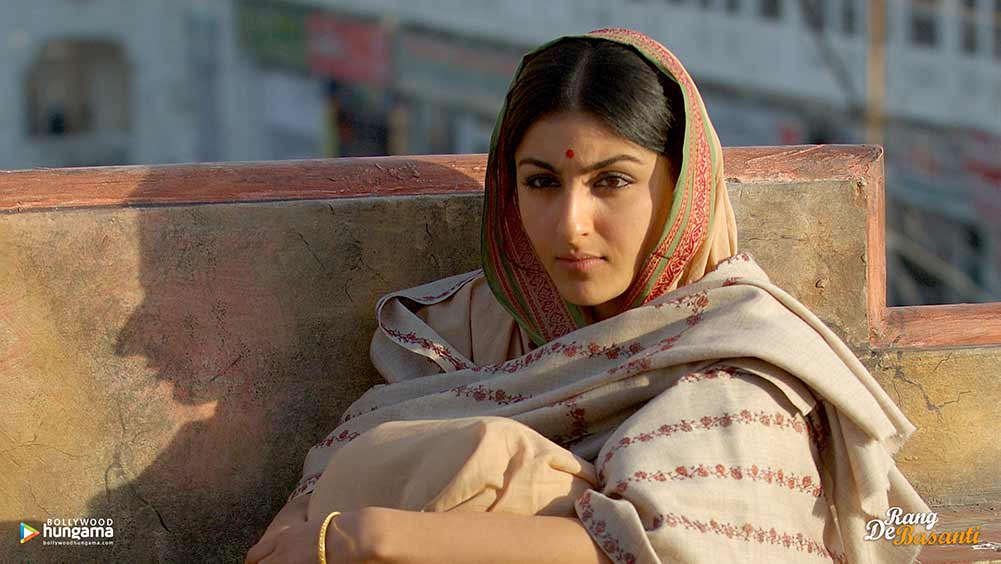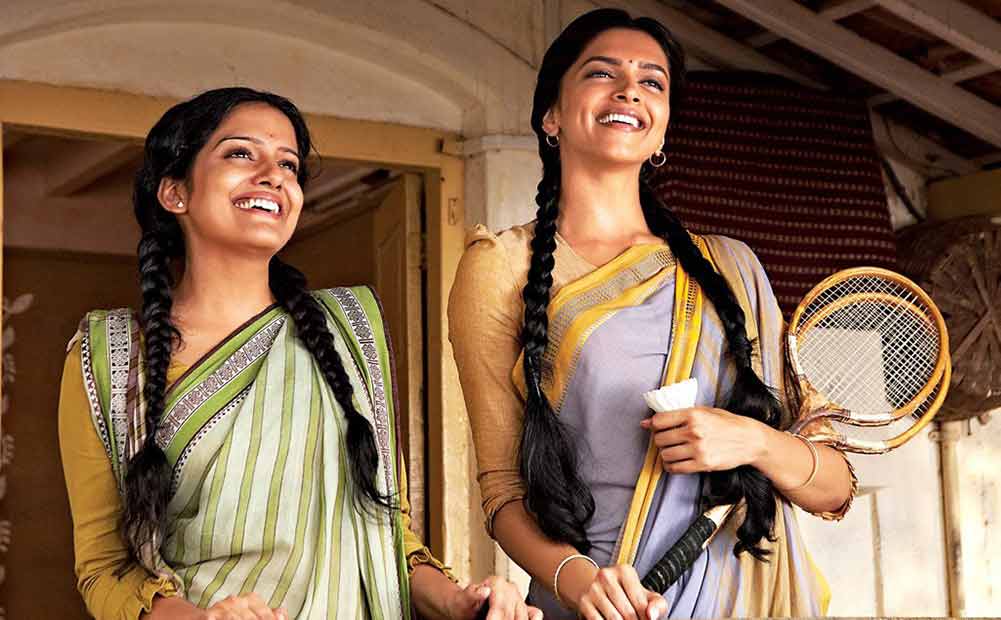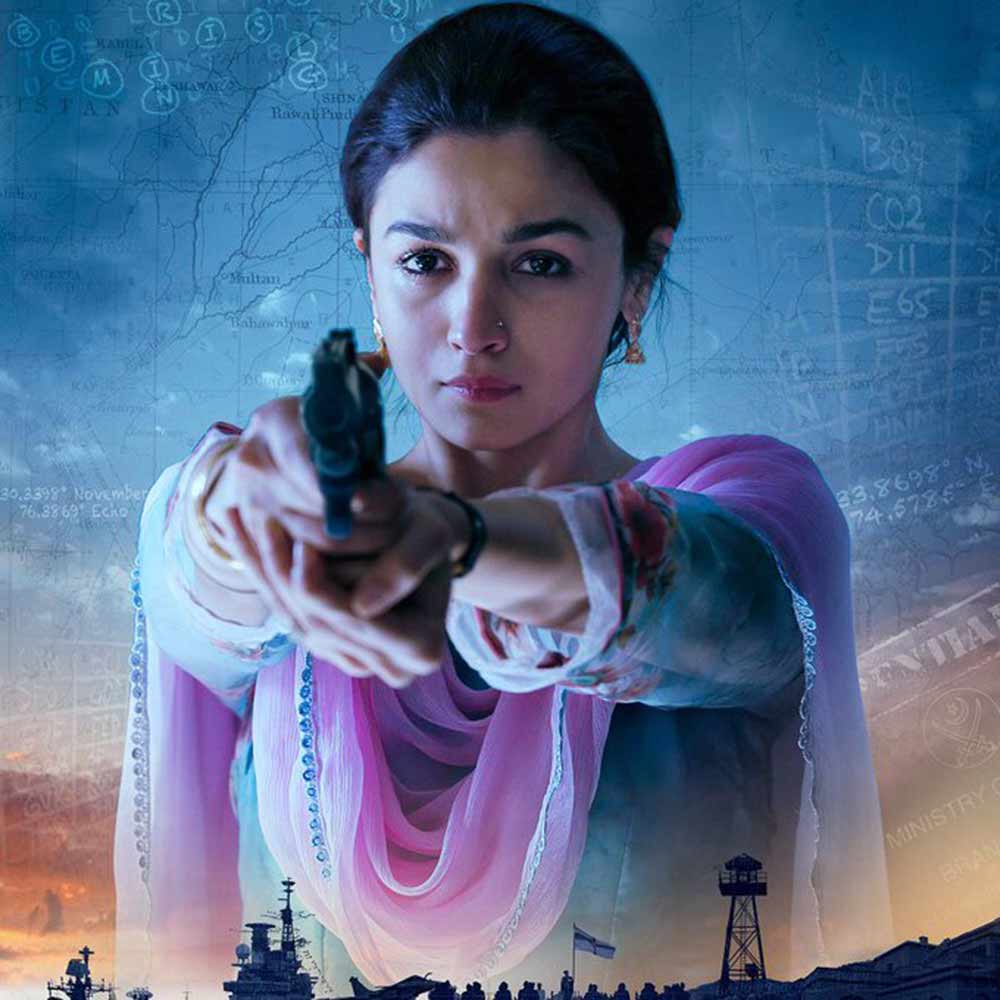What was the first patriotic or deshbhakti movie you ever watched? If you’re a millennial, here’s an example you might relate to. The first patriotic movie I watched was on Doordarshan, sometime in the 1990s: Kranti. This multi-starrer film explored the interactions between fictitious men who led their own battles against British rule in 19th Century India, played by industry biggies like Manoj Kumar, Dilip Kumar, Shatrughan Sinha, and Shashi Kapoor. Hema Malini and Parveen Babi were the “lead” women in this movie, but all I remember them doing is a few scattered scenes and songs, with very little character development, and a controversial nude scene (before which I was sent out of the room).
Young as I was, I failed to notice the highly sexualised and stereotyped portrayal of Indian women in this movie. But the 1990s also saw actor Varsha Usgaonkar bring the immortal legend of Rani Lakshmibai of Jhansi to the small screen, and the idea that a woman-led patriotic/nationalist story can work without resorting to stereotypes, solidified. But when you see the same actor portray a demure side role in another multi-starrer patriotic film, Tiranga—a staple on every DD channel in the 1990s, and on other channels in the 2000s—you begin to question this entire trope in Indian movies.
A lot has been said and written about the portrayal of Indian women as forgettable side characters in Indian movies, no matter which region they come from. When it comes to Hindi movies about patriotism—whether they’re historical stories about freedom fighters or war movies—the lack of women with substantial roles and contributions to the movement become very noticeable indeed.
But how realistic is this portrayal, given the fact we know about many women freedom fighters who made their contributions to the freedom struggle? Not real at all. So, if a young girl growing up in India was to look for relatable role models to emulate, who would she find? Here’s an exploration of this oversight in Indian patriotic movies, and the very welcome shift in this narrative in recent times.

The cast of the movie Kranti featured only two women: Hema Malini and Parveen Babi.
The Mother Of Revolutionaries, But Not One Herself?
When you think of the Indian freedom struggle, movies about the lives of leaders like Mohandas Karamchand Gandhi, Bhagat Singh, and Subhas Chandra Bose are aplenty. But pick any of these movies, and you’ll find the portrayal of women in the lives of these leaders, and their contributions, sidelined by the dominant male narrative. Kasturba Gandhi was a constant companion to the father of the nation, but, before Gandhi, My Father (2007), you would be hard-pressed to find any movie which explores her perspective on what freedom truly means.
The same goes for movies about Bhagat Singh, whether it was the Ajay Devgn one or the Bobby Deol one (both released in 2002)—or even the 1965 movie, Shaheed, starring Manoj Kumar. The sacrifice made by this incredibly inspiring revolutionary was immense, but so was that of his mother’s. Despite casting immensely talented women for the role of Vidyavati Kaur—Kamini Kaushal, Farida Jalal, and Amrita Singh in the three movies mentioned—the role itself stayed limited to scenes where these mothers supported the leader or lamented his untimely and illegal hanging.

Soha Ali Khan as Durga Bhabhi in Rang De Basanti.
Worse still, the portrayal of Durgawati Devi, better known as Durga Bhabhi, is extremely limited in the same movies. Nirupa Roy and Divya Dutta have portrayed this fiery freedom fighter, who eluded capture for years and was a comrade-in-arms to Bhagat Singh, Chandrashekhar Azad, and others. But even these actors can only do as much as the script allows them to, the scope of which should have been immense given the legend that Durga Bhabhi was. The only movie which explores the utter brilliance of this unsung hero of the freedom movement is Rang De Basanti (2006), where Soha Ali Khan is rightly shown as an equal partner of the men in Singh’s Hindustan Socialist Republican Association.
What Does A Woman Do In A War?
But while the women freedom fighters themselves have received limited screen time in movies about male freedom fighters, the case gets worse when we come to war movies. No movie revolving around the life of Bose focuses on the Rani of Jhansi regiment and the young, revolutionary, modern combat-trained women in it. Isn’t it high time we get a movie about the life of Captain Lakshmi Sahgal at least, if not the entire regiment?
Bose isn’t the only revolutionary whose story has been captured in movies, but the trend of sidelining women in revolutionary groups has. Take movies on Surya Sen and the Chittagong Armoury Raid of 1930, for example. Even with Deepika Padukone starring as Kalpana Dutta in Ashutosh Gowariker’s Khelein Hum Jee Jaan Se (2010), the life of this revolutionary barely got enough attention. Come to post-independence stories of patriotism and wars for Indian integrity as a nation, and you’ll find the same thing.

Deepika Padukone as Kalpana Dutta in Ashutosh Gowariker’s Khelein Hum Jee Jaan Se.
Border (1997) and LOC: Kargil (2003) were two JP Dutta blockbusters that defined how war movies are made in India, and yet, the women in both were always in the background. The real lives of the thousands of army, air force, navy, BSF and CRPF wives and widows are so much more inspiring, simply because of the courage of conviction, sheer will, and sense of patriotism, it takes to back soldiers fighting for the nation. These women, many of whom also contribute to the working of the defence infrastructure with their own, individual social welfare work, surely deserve more screen space.
But what of the women who are actively working in these defence forces, you might add? While it’s true that women in these defence forces aren’t permitted into combat units—except in the Indian Air Force—their contribution in wars cannot be denied. With Gunjan Saxena: The Kargil Girl (2020), perhaps this trend may change, and we might see the lives of women in the defence forces today being portrayed on screen. Or, if movie-makers were to take a cue from Lakshya (2004), the role of women in the ancillary support systems like media could also be better explored. Honestly, the scope of portraying women realistically in war movies is immense.

Jhanvi Kapoor as Gunjan Saxena.
The Shift In Her Cinematic Story
Two movies in recent times have marked a sort of threshold in this trend: Raazi (2018) and Manikarnika: The Queen of Jhansi (2019). The former was led by Alia Bhatt, and related the true story of an Indian girl, Sehmat, who turned into a spy for India in 1970-1971 Pakistan. The latter, led by Kangana Ranaut, was a retelling of Rani Lakshmibai’s story, and included stunning action sequences not just by the lead, but also by the women in the Durga Dal. Both movies did well at the box office too, highlighting the fact that women-led patriotic movies can work when made well.

Alia Bhatt as Sehmat in Meghna Gulzar's Raazi.
This much-welcome change in the trend can be seen parallel to that on the international front. Movies like A Call To Spy (2019), portraying the life of Indian-origin spy, Noor Inayat Khan, are now being made. Women-led action and thriller movies, patriotic or otherwise, are increasingly popular in India and the rest of the world. Whether it’s Gal Gadot as Wonder Woman, or Charlize Theron in The Old Guard—or even with Hindi movies like Pink, Kahaani, Naam Shabana, Sherni, etc being made—female characters have broken the stereotype of being limited to lead roles in rom-coms alone.
Clearly, now is the moment for women’s lives to be brought to life on the big screen like never before! And, if thrillers starring women in the lead can work, then why not a few about the incredible lives of the women who contributed to India’s struggle for independence? Or, for that matter, the women who are, even now, working with the defence forces and have played a huge role in our wars?
What type of women-led patriotic movie would you like to see? Let us know in the comments below.